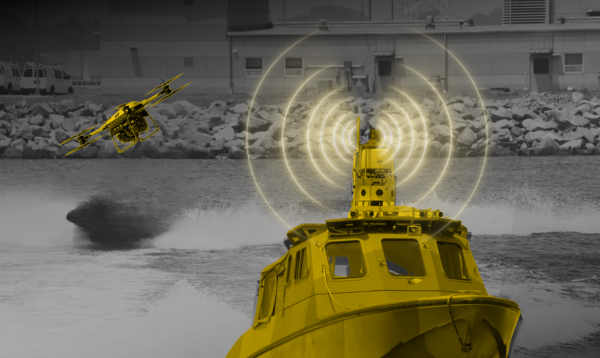The Problem
Current Army missions conducting drone-to-uncrewed platforms and drone-to-surface landings require a human to manually perform all operations, including environment analysis, flight decisions, and safe landing protocols. This process can be unreliable due to complications in contested environments such as degraded GPS, faulty communication links between the drone and operator, adversarial signal blocking, or other hazardous engagements.
Please note the recent changes to the SBIR Broad Agency Announcement (BAA) document to ensure your proposal doesn't get disqualified.
The Opportunity
The total funding for award in this Direct to Phase II (DP2) effort is $1.6 million. The chosen company will develop, demonstrate, and deliver solutions that increase the precision of automated drone landings onto unmanned platforms or an identified location within urban or austere environments. The system would employ low-detection signals, without the need for a human in the loop.
DP2 proposals should refine the preliminary design proposed in the solicitation response and create a Technology Readiness Level (TRL) 6 prototype and operational demonstration for evaluation. The planned period of performance for this effort is 18 months.
What Makes SPARTN Different?
SPARTN combines Army SBIR funding and AAL's business model to create a program that moves — and pays — at the speed of business. By blending government and industry best practices we introduce a whole-of-Army approach to innovation.
Learn more about the SPARTN Program.

